Browse Exhibits (70 total)
Sheet Music from the Krick Collection
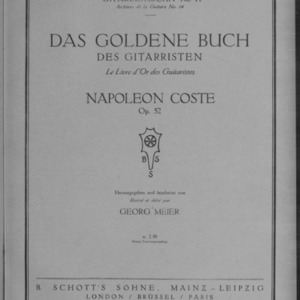
Sheet Music from the Krick Collection. George C. Krick (1872- 1962) was a St. Louis-based classical guitarist.
Read more about Gaylord Music Library's Krick Collection here.
Items are alphabetized by composer's last name, then by the title as it appears on the item.
CLICK HERE TO VIEW THE KRICK COLLECTION IN THE LIBRARY'S CATALOG.
Washington University Libraries is working to address broken links in this collection. If you need to access a PDF with a broken link, please contact music@wumail.wustl.edu
Sheet Music from the Liszt Collection
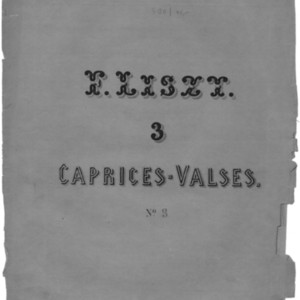
Sheet Music from the Liszt Collection.
Read more about Gaylord Music Library's special collections here.
Washington University Libraries is working to address broken links in this collection. If you need to access a PDF with a broken link, please contact music@wumail.wustl.edu
Sheet Music from the MacDowell Collection
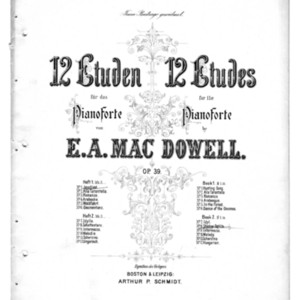
Sheet Music from the MacDowell Collection.
Read more about Gaylord Music Library's special collections here.
Washington University Libraries is working to address broken links in this collection. If you need to access a PDF with a broken link, please contact music@wumail.wustl.edu
Sheet Music from the Teitjens Collection
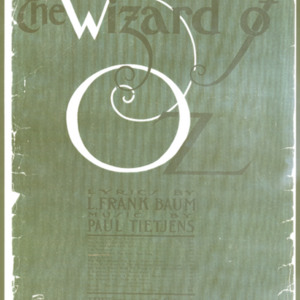
St. Louis composer Paul Tietjens is best remembered for his musical version of The Wizard of Oz. This online collection features printed sheet music and manuscript drafts of the music for this show, which played in Chicago from 1902 to 1907.
Read more about Gaylord Music Library's Tietjens Collection here.
Washington University Libraries is working to address broken links in this collection. If you need to access a PDF with a broken link, please contact music@wumail.wustl.edu
Spectacular Blackness
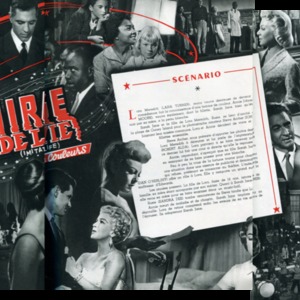
Discourse about African American identity has been indelibly shaped by the nexus of language and visual representations that configure blackness as a deviant other to the West and Western citizenship. From racist caricature in travel narratives and pro-slavery tracts, to contemporary representations of "welfare queens" and "thugs," visual representations serve as allegedly transparent, and objective examples of the perpetual and inevitable failure of black men and women to be human. Combatting these representations requires untangling the web of raced and gendered representations shaping what Patricia Hill Collins has called "controlling images" of African Americans-images such as Mammy, the pickaninny, Sapphire, Jezebel, the Welfare Queen, Coon, Sambo, Thug, and Man on the Down Low. At the same time, even discourses of respectability and "good" blackness can contribute to hegemony.
This exhibit looks at representations of people of African descent in film, advertisements, cartoons, children's books, and new media in order to explore the ways in which stereotypes about African Americans have circulated in visual media.
The images on this website were collected from Special Collection at Washington University in St. Louis. This website should be used for educational purposes only. The university does not hold copyright for these images and they should not be reproduced for a publication or any other website. The text for this online exhibition was produced by Washington University students and quotations should include the citation, "Spectacular Blackness," Washington University in St Louis Libraries,(http://omeka.wustl.edu/omeka/exhibits/show/spectacularblackness)
St. Louis Queer History Portal

Welcome!
This is a beta site, still underconstruction.
Queer Terminology: LGBTQ Histories and the Semantics of Sexuality
Queer History in the Divided City: A New Approach to Digital Mapping
Technologies of Segregation in Early Modern Venice
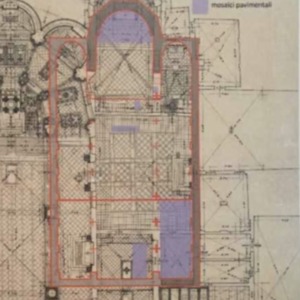
Historically, the city of Venice promoted its image as La Serenissima – the Most Serene Republic – an ideal of social and political security, harmony, and stability. Building upon sources that refute this mythology, this exhibit examines the ways in which Venice used architecture and urban forms to impose social segregation as a means of combatting perceived threats and maintaining the desired equilibrium, producing typologies that remain influential today. Examples from the period between 1400 and 1800 include the Jewish Ghetto, the public brothel for prostitutes, the casino for gamblers, hostels for foreign merchants, hospices for widows, hospitals for victims of the plague and syphilis, and convents for upper-class women.
Terra Incognita
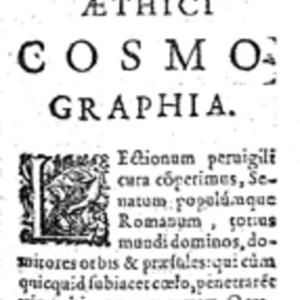
This exhibit features early printed accounts of exploration and cultural encounters between what is known as the Old World or Europe and the New World or the Americas. The people on both sides of these encounters viewed the people they met through the screen of their culture and how they perceived the world, including their myths, legends, and religious beliefs. Both sides often had to reconfigure and rebuild their idea of the world with this new knowledge. The results yielded much knowledge and discovery but also misunderstanding, fear and violent attempts to control various groups.
Throughout the accounts there is the theme of the tendency of all people to view others as somehow not human, either as a godlike emissary, or alternatively as savage or monstrous. Europeans tended to view Native Americans as either innocents living in a paradise before the fall, or not human at all, as savages who weren’t civilized. In fact the people they encountered were part of highly developed cultural systems spanning a diverse range of societies from hunter-gatherers to agricultural based groups.
Curated by Alison Carrick, Special Collections Assistant
The Influence of Medieval Design on the Arts and Crafts Movement
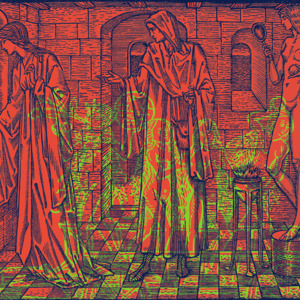
The English Arts and Crafts movement of the nineteenth and early twentieth centuries was inspired by the medieval period, and its artists and craftsmen sought to emulate the beauty of the medieval book through intricate and elegant engraved printings and typefaces. This exhibit showcases select fifteenth and sixteenth century incunabula and items from the Triple Crown and Eric Gill Collections to show this connection between medieval book design and the book design of these fine private presses of the late nineteenth and early twentieth centuries.
The James Merrill Digital Archive: Materials for The Book of Ephraim
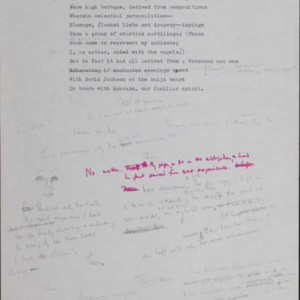
"Merrill in Process" provides a cross-section of significant drafts of The Book of Ephraim, as well as relevant Ouija transcripts, in order to illuminate Merrill's writing and revision process. The "Ouija Transcripts" section is a near-complete digital archive of all of the Ouija materials in the James Merrill Papers at Washington University in St. Louis. The "About Merrill's Work" and "The James Merrill Materials" sections describe the context for the materials reproduced in this digital archive, as well as the locations for other material resources associated with James Merrill. "About the Archive" and "Contact & Credits," finally, explain the goals and aspirations of this archive, and give the details about the people involved in its production.
